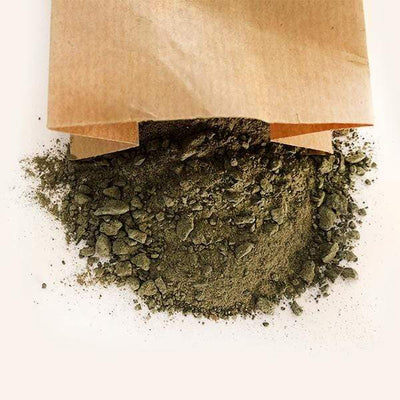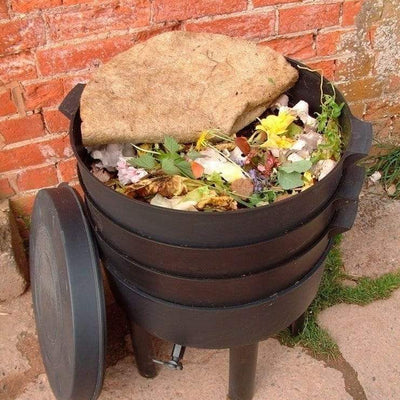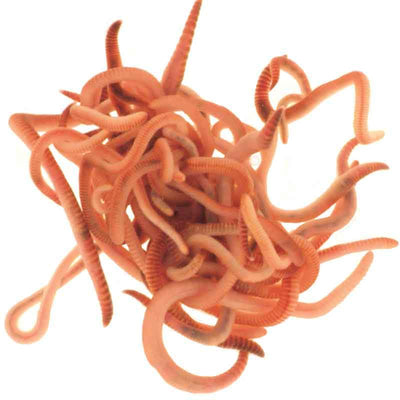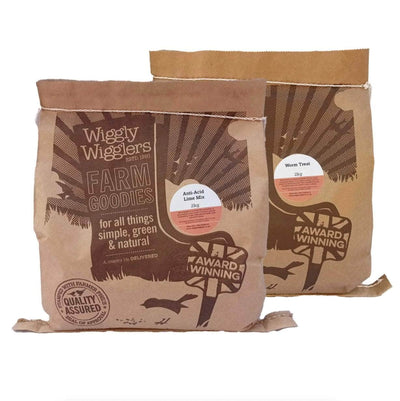A recent BTO survey reported that large birds were doing better than the good old Blue Tit.
What They Eat & What You Can Offer Them
Blue Tits feed mostly on insects, especially caterpillars, and seeds. In springtime they feed also on pollen, nectar and sap, and in the autumn on berries.
In the garden they search among the plants and crevices for insects (e.g. aphids, beetles, and caterpillars) and spiders, but also take sunflower hearts or high energy seed from bird feeders, or peck at a fat ball or peanuts.
Where They Live & How You Can Help Them
Blue Tits will nest in any hole in a tree, wall or nest box. They are well known for nesting in more unusual places, such as letter boxes, pipes, etc. The nest is a cup made by the female from moss, wool, dead leaves, spiders' webs, and lined with down.
Their clutch size is very large laying typically 10 to 12 eggs. The eggs are laid when there are plenty of catterpillars around to feed the young. Incubation is about 14 days.
And Finally...
Blue Tits are able to transmit learning to other Tit species. An example of this, dating from the 1920s, is the ability to open old fashioned foil topped milk bottles to get at the cream underneath
You may not realise just how many Blue Tits use your garden through the course of a day because they all look the same! Bird ringers operating nets in gardens have found that many dozens of Blue Tits can pass through a garden on a single day.






